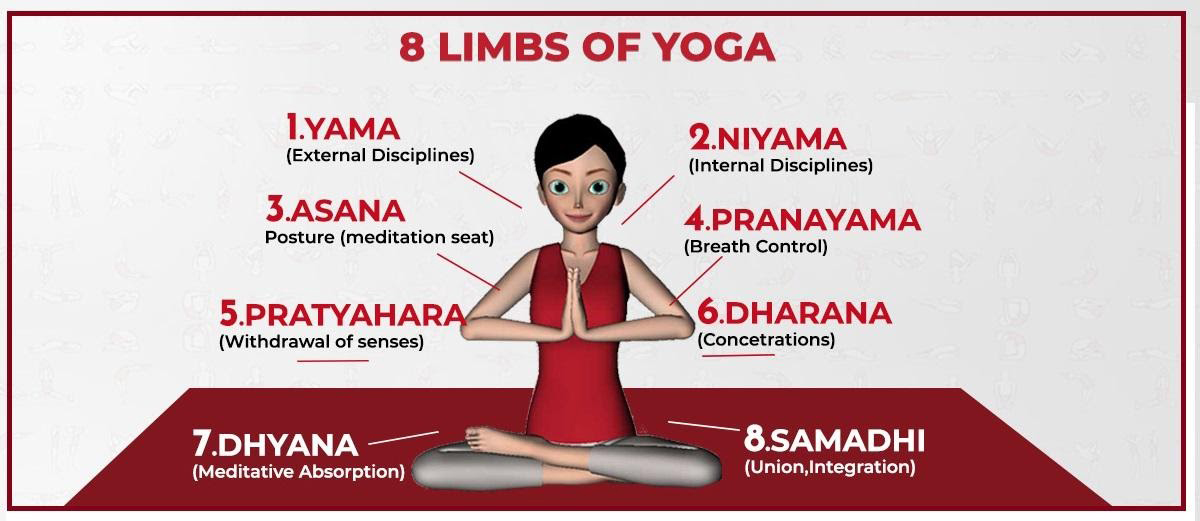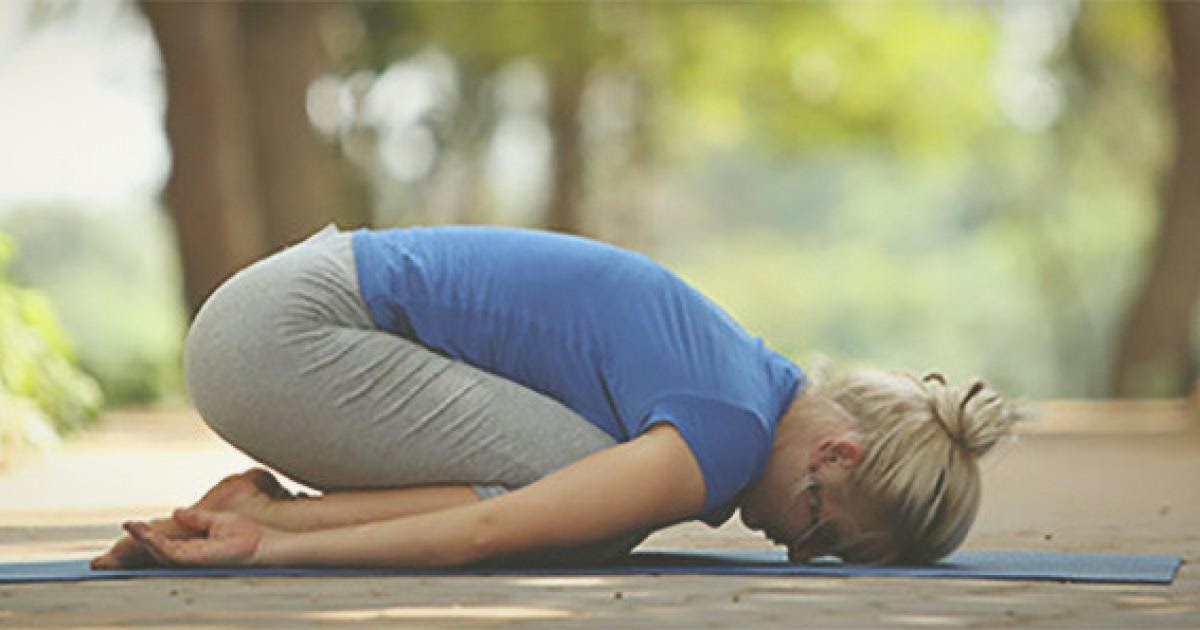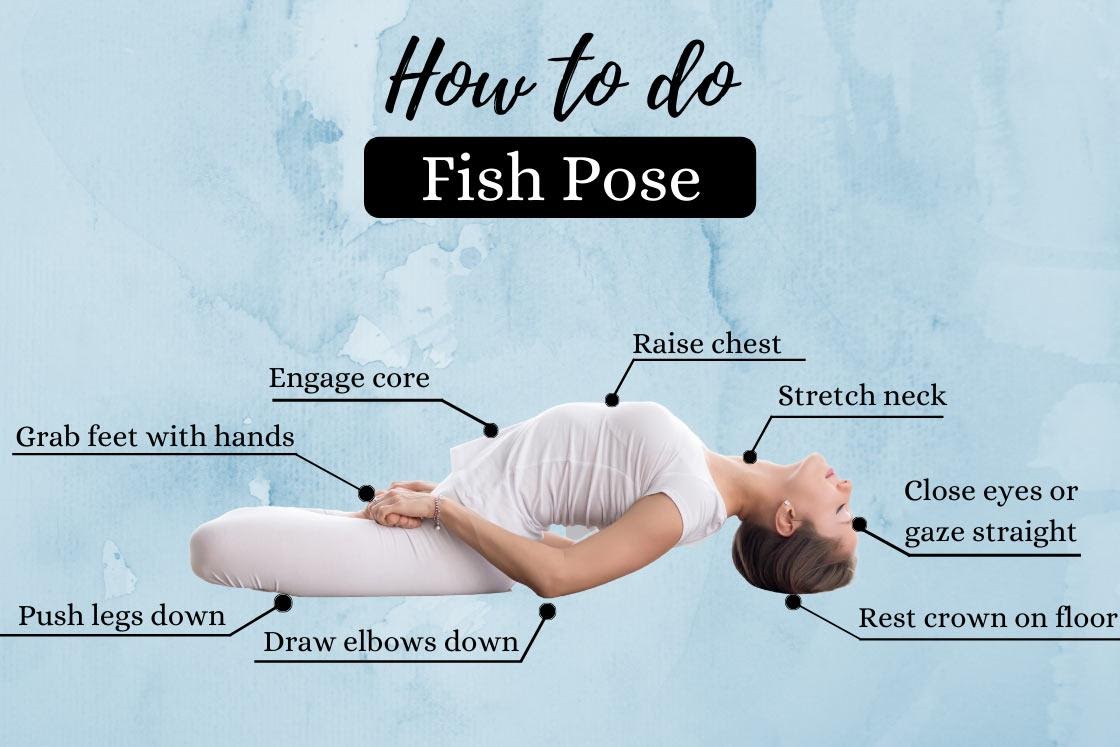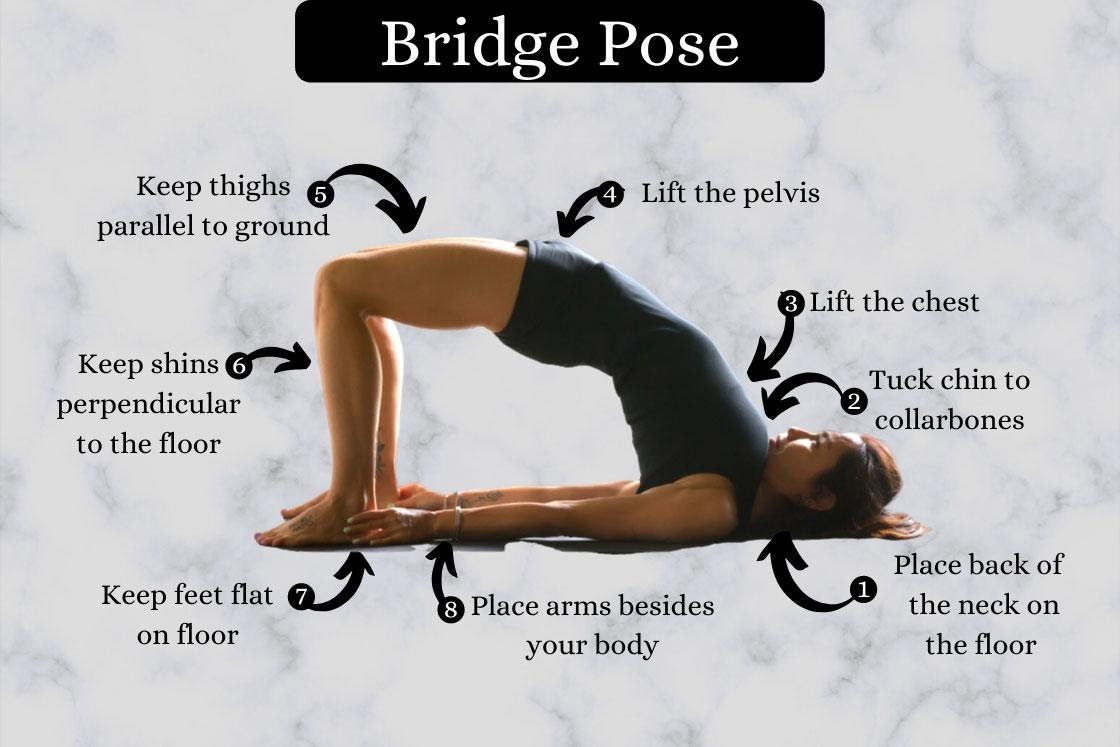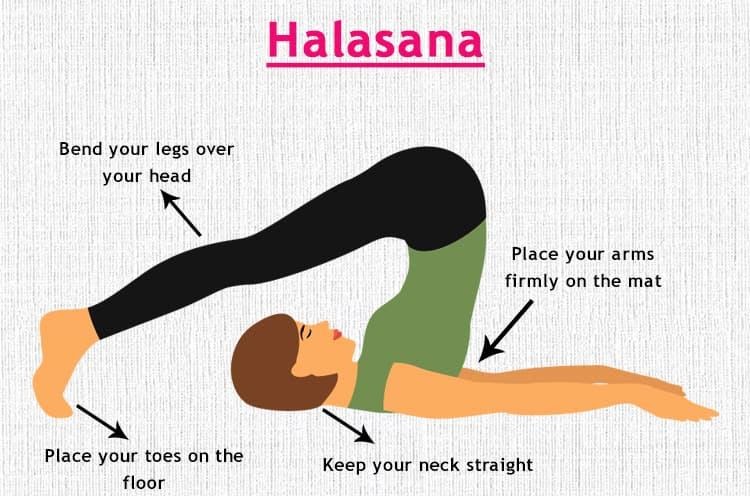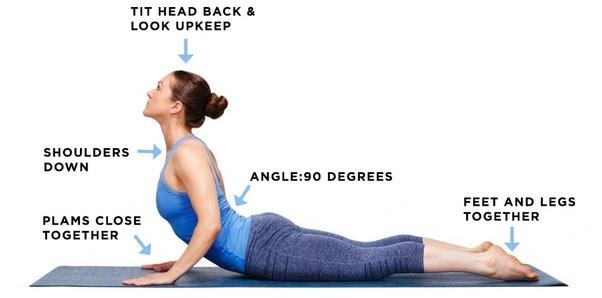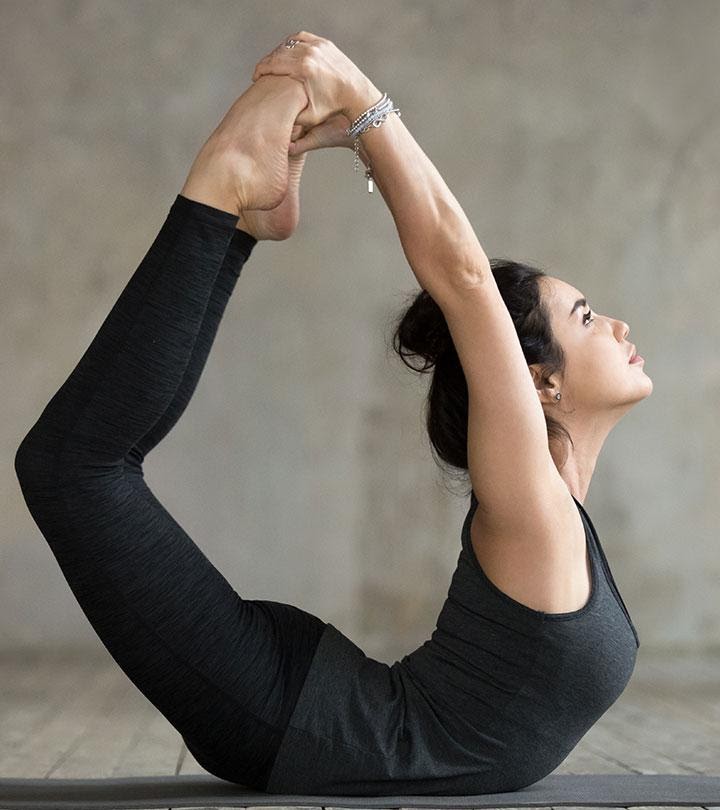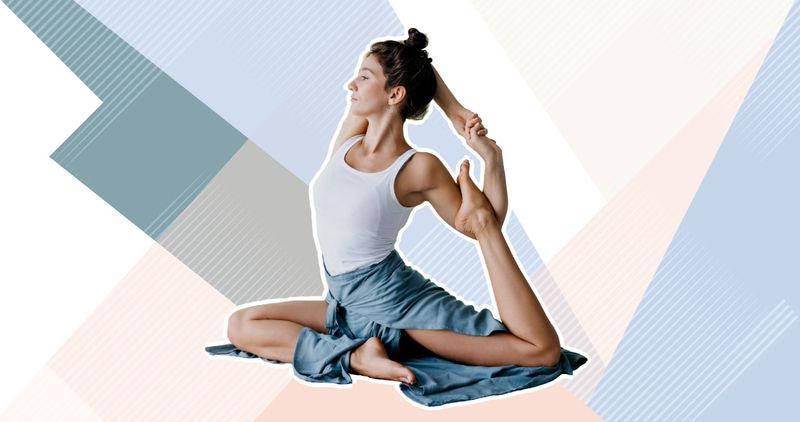
HOW YOGA HELPFUL IN INCREASING YOUR IMMUNITY
- June 23, 2021
- Posted by Dr. Vaidya Karanvir Singh
- 0 Comment(s)
Table of Contents
WHAT IS YOGA?
- Yoga is derived from the Sanskrit word “Yuj” which means “union” or “unite”.
- It is originated in the Ancient India and it is a group of physical, mental, and spiritual practices or disciplines.
- It is essentially a spiritual discipline based on an extremely subtle science, which focuses on bringing harmony between mind and body.
- It is a good technique for inner wellbeing and it does not adhere to any particular religion, belief system or community. Irrespective of one’s faith, ethnicity or culture, the one who practices yoga with involvement will get its benefits.
- Yoga benefits every aspect of body i.e. “inside” and “out”.
ASHTANGA YOGA-
- There are 8 limbs of Yoga Act as guidelines on how to live a meaningful and purposeful life. They serve as a prescription for moral and ethical conduct and self-discipline; they direct attention toward one’s health; and also they help us to acknowledge the spiritual aspects of our nature.
YOGA ASANA FOR INCREASING IMMUNITY
Yoga is a natural way of living youthful and it boosts our immunity and in turn gives you a quality life.
Some Asana and Pranayama may be helpful in enhancing the functioning of your Immune system. During this Pandemic time it is important to strengthen your immune system through Yoga.
The following Yoga can show Amazing effects to your immune System-
Shishu Asana or Child Pose
How to Perform-
- Take a Yoga mat then gently sit on your heels. Hips should be placed on the heels, bend forward, and touch your forehead to the floor.
- Keep the arms alongside your body with hands on the floor, palms facing up.
- Gently press your chest on the thighs and hold on for few seconds.
- Slowly come back to the position again sit on the heels, uncurling vertebra by vertebra and then relax.
Benefits-
It is an excellent pose to decongest the chest and relax and strengthen your immune System and calming the mind.
Contraindication-
The following person should avoid this pose-
- Recent or recurring injuries
- Issues in the knees or ankles
- High or low blood pressure should exercise caution when practicing this pose.
- Ensure that this pose is performed on empty stomach i.e. bowels are empty for this pose, as you may so that you may not experience discomfort.
Matasya asana or Fish Pose-
How to perform-
- Lie on your back and put your feet together and hands alongside of the body.
- Place the hands underneath the hips, palms facing down. Bring the elbows closer toward each other.
- Breathing in, lift the head and chest up.
- Keeping the chest elevated, lower the head backward and the top of the head should touch to the floor.
- With the head lightly touching the floor, press the elbows firmly into the ground, placing the weight on the elbow and not on the head. Press the thighs and legs to the floor and lift your chest up from in between the shoulder blades.
- Hold the pose for as long as you comfortably can, taking gentle long breaths in and out. Relax in the posture with every exhalation.
- Lift the head up, lower the chest and head to the floor and put the hands back along the sides of the body.
- Then slowly come back to the step one and repeat the same process.
Benefits-
This Posture or asana expands the chest and stimulates the thymus gland.
It gives positive impact to the immune system or the body’s defense mechanism.
Contraindications of the Fish Pose (Matsyasana)
- High or low blood pressure
- Migraine
- Insomnia
- Serious lower-back injury
- Neck injuries
SETU BANDASANA OR BRIDGE POSE
How to perform-
- Lie down flat on your back.
- Bend your knees gently and place your feet on the ground hip-width apart.
- Lift up the chest and the soles of your feet should be close to your buttocks and the knees should be in line with the ankles.
- Hands should be placed behind the body with your feet flat on the ground.
Benefits-
- This Asana opens the heart and improves the blood circulation.
- It increases energy in the body and help to put a better resistance against the pathogens.
Contraindication-
- Those who have undergone Surgery of brain, back, neck, shoulder or spinal surgery.
- Severe slipped disc or blood pressure count above 90 diastolic should not attempt this pose.
Halasana (Plow pose)
How to perform-
‘Hal’ means ‘Plough’ and ‘Asana’ means the ‘Pose’. To perform Halasana Follow the steps-
- Lie down in supine position with your palms facing downward put them onto the ground and extend your arms towards the front of your mat.
- Press into your palms and forearms for making a grip to lift up your legs to 90 degrees and hold on to that position.
- Lift your butt and use your abs to bring your feet over your head until your toes touch the floor behind your head. Don’t bend your legs and keep them straight.
- Your hips should be aligned over your shoulders. Press into the feet for support and stability.
- Keep your neck in its neutral alignment and your gaze upward. Also avoid turning your head around.
- Try to stay for 5 deep breaths because it’s hard to breathe in this position because at this stage diaphragm is in compressed state.
- Then slowly come out first return your arms onto the ground, palms facing down.
- Slowly Release your arms, lift your feet, and roll the spine one vertebra at a time down to your mat. Keep your feet together and legs straight.
Benefits-
It is a backward bend that helps to release white cells in the body and strengthening the immune system.
Contraindication-
The following person should avoid this Posture-
- People with Back problems or slipped disc.
- Weak or injured cervical muscles.
- Weak legs, weak calf muscles.
- Pregnant or Menstruating women
Bhujangasana or Cobra pose
How to perform-
- Lie down on prone position or facing downward towards the ground and toes flat on the ground and forehead resting on the floor.
- Keep your legs close together with your feet and heels lightly touching each other.
- Inhale and slowly with the support of your palms raise your trunk and head upwards while keeping your navel on the floor.
- Look upward gently with arched neck, smile and breathe at this position.
- Your stomach should be pressed on the floor.
- Put pressure on your toes by pressing them onto the floor and hold on this position for few seconds.
- Keep equal pressure on both the palms if possible straighten your arms by arching your back as much as possible.
- Don’t overdo the stretch or overstrain yourself.
- Slowly breadth out and gently bring your abdomen, chest and head back to the floor.
Benefits-
It is a chest opening pose which helps release white cells that helps to improve the immunity of the body.
Contraindication
It is not recommended for the following-
- Severe back problems or spinal problems
- Neck-related problems like spondylitis
- Pregnant or Menstruating women
Dhanurasana or Bow pose
How to perform-
- Lie down on your stomach with your feet slightly apart, almost parallel to your hips, and arms should be placed on the side of your body.
- Fold your knees up slowly and hold your ankles with your hands.
- Breathe in and lift your chest off the ground and pull your legs up and stretch it out. Feel the stretch on your thighs and arms.
- One should hold the pose for 12-15 seconds and pay attention to your long deep breaths.
- Slowly come back to the normal position by bring your chest and legs back to the ground, release your hold on the ankles, and relax with your hands on the side.
Benefits-
It is the pose that improves the flow of white cells by putting pressure on the digestive system.
It maintains a healthy immune system.
Contraindications
- High or low blood pressure.
- Migraine
- Insomnia
- Serious lower-back injury
- Neck injury.

Dr. Vaidya Karanvir Singh is the younger Vaidya in Chandigarh Ayurved & Panchakarma Centre. He is the fourth generation in his family who is practicing as a general consultant in Ayurved & Panchakarma treatment at Chandigarh. In his practice, he had treated more than 1 Lakh Plus patients worldwide.


